I’m a big advocate for education wherever it happens… the idea that I can teach my child as much at the grocery store comparing prices and I can at home doing a math worksheet, or the thought that I can help him establish a love for reading by taking a trip to the library rather than reading what’s at home in our book basket. One of my favorite activities each season is to take a nature walk. Regardless of your child’s age, there’s so much they can learn from nature walk activities that stimulate all of their senses and help them shape a better idea of seasons in the world around them.
The first step to doing a great educational nature walk is to choose your location. You may want to take a walk through your own neighborhood and see the area you see every day in a new, fall light. Watch green trees turn orange, red, brown, and see how your neighborhood prepares for winter. Perhaps you have a nearby park, nature trail, or walking space that works well, also. Wherever you decide to take your walk, you’ll be able to see some really beautiful signs of autumn. We opted to take our walk through our neighborhood, wrapping up at a local park. While a nature trail may have given us additional views, this truly is an activity you can do from wherever you are.
We decided to make an evening of it and take a picnic along. Well, a picnic our-style. If you decide to take food along with you, be sure to eat in the designated areas and leave the park cleaner than you left it. Don’t clutter the area with trash and only leave food scraps in areas where that’s allowed and acceptable– you don’t want to attract wild bears or anything!
Next, be sure to dress for the weather. You don’t want to go on a day where you might get frostbite, but one part of the nature walk experience is to sense fall with every single one of your senses. That means that a little exposure to cool air isn’t necessarily a bad thing. Dress appropriately, and if you’re going to be in muddy or rough terrain, be sure to wear boots! Plan ahead– it’s no fun to prepare for a nature walk and get rained out! We had originally hoped to take our nature walk at a local arboretum, but the location is only free on certain days, and because of a couple of rainouts, we decided to just take the walk closer to home.
Finally, gather your supplies. We decided to make a collage of some of the items we found (like leaves), so we took a Ziploc bag for collecting items. If your child is old enough to hold a camera, I suggest taking a small point and shoot or children’s camera that will allow your child to take photos of interesting things along the way during their nature walk. It’s great for your child to be able to snap photos of animals, or to take photographs of two different kinds of trees to recall the differences in leaf shape and bark features. If your child is at writing age, a nice notebook is a good way to take note of the scents, sights, sounds, and feelings they experience on the walk. Even with younger kids, crayons and a sketch pad may prove a worthwhile thing to bring along to capture memories. You can also take crayons and paper along to do bark rubbings of trees!
You would be surprised at how excited young kids get about having control of the camera for a bit! Many times, we’ll be very clear with kids to be careful, don’t touch, don’t drop, don’t use, but if you put a newly cleared memory card in, there’s no risk of deleted photographs on your journey, and it allows kids a sense of exploration. We used a Kodak Easyshare Camera (affiliate link)
(affiliate link)
mostly due to affordability. It’s a great starter camera for kids that they can grow into, versus a kid’s camera that is lower quality, more expensive, and that kids will outgrow quickly. I was amazed at some of the awesome photos my 3 year old son took, and I loved seeing his perspective on life. Here are a few of his photos:
mostly due to affordability. It’s a great starter camera for kids that they can grow into, versus a kid’s camera that is lower quality, more expensive, and that kids will outgrow quickly. I was amazed at some of the awesome photos my 3 year old son took, and I loved seeing his perspective on life. Here are a few of his photos:
With that, you can get started on your nature walk! Along the way, take time to pick up items for your collage if you’re choosing to do an art activity after, or do leaf-rubbings, listen to the sounds you hear, and take photographs. Be sure not to disturb nature, and never take an animal or nest. But picking up things like fallen leaves in different colors, a twig or stick, an interesting pebble, a nut or shell… these are all great ideas of things to pick up during the walk. Be sure to take your time and experience, not just rush to grab things for the activities you’ll when you get home. During the walk, be sure to ask your child guided questions– “Do you see any animals today?” “What smells do you notice?” For younger children, you can give assistance “Look, do you see that animal in the tree? What is that?” “I smell some smoke, as though someone is using their fireplace! Do you smell anything?” Have a dialog about the sights and sounds that you’re experiencing. Take time to stop and close your eyes to listen or smell.
One activity we really enjoyed was taking time to compare two different trees. We took note of how their bark was different (and ways in which it was similar), as well as the difference in leaf shape, leaf color, and texture of the tree. It was amazing to see the differences in different trees, and allowed us to try some descriptive words on for size.
The younger your child is, the more guided these exercises will be. You’ll want to make sure you’re helping them through the experience without controlling or feeding answers. Essentially, your role is to remind them what they’re looking for as they continue along the path and enjoy the moment.
When you get home from your nature walk, you can lay out all of the items you collected. If you took pictures, you may want to include some in the collage by printing them, or if you had some drawings, you may want those as part of the collage, also! One great no-mess way to make a collage is to lay everything on a piece of posterboard or paper, then carefully take a piece of contact paper cut to size and press it gently over the items. If there are no gaps between the items to allow the contact paper to stick to the paper, you can always make sure you’ve cut the contact paper a few inches larger than the “base” of the collage and wrap it around the edges to stick it to the back of the base. Now, you’ve got a lovely collage that will help your child remember the nature walk. If you choose, you can glue items instead of using contact paper, but I like that the contact paper doesn’t require a ton of cleanup, and because you’re not sticking anything down until the end, you can arrange and re-arrange to your heart’s content before you have to commit to a finished design.
Kids of any age can get a lot out of a nature walk. Older students can always collect samples from nature and study them. Younger students and find ways to describe their surroundings. By writing or drawing the experience, taking bark rubbings, and just enjoying the way that nature touches the senses, this activity works no matter how old or young you are. What’s even better is that this activity can be repeated in every season– the things you’ll notice in winter are different than what you’ll notice in spring. You could even keep a journal or book that you can add to every season, especially if you’re visiting the same location again and again.
What will you do when you explore nature with your kids? Have you done a nature walk like this one before? Let me know in the comments below about your nature walk experiences!

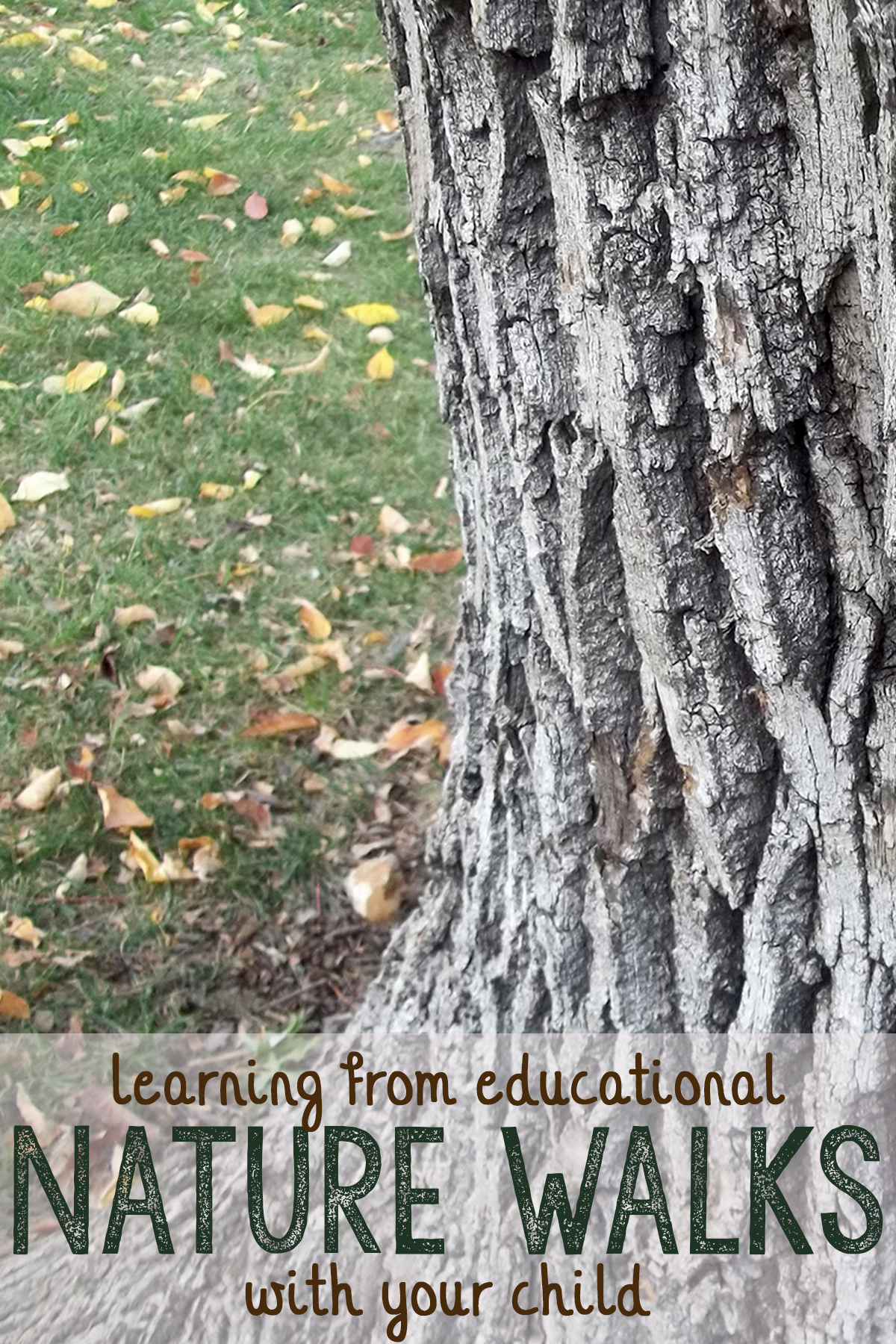
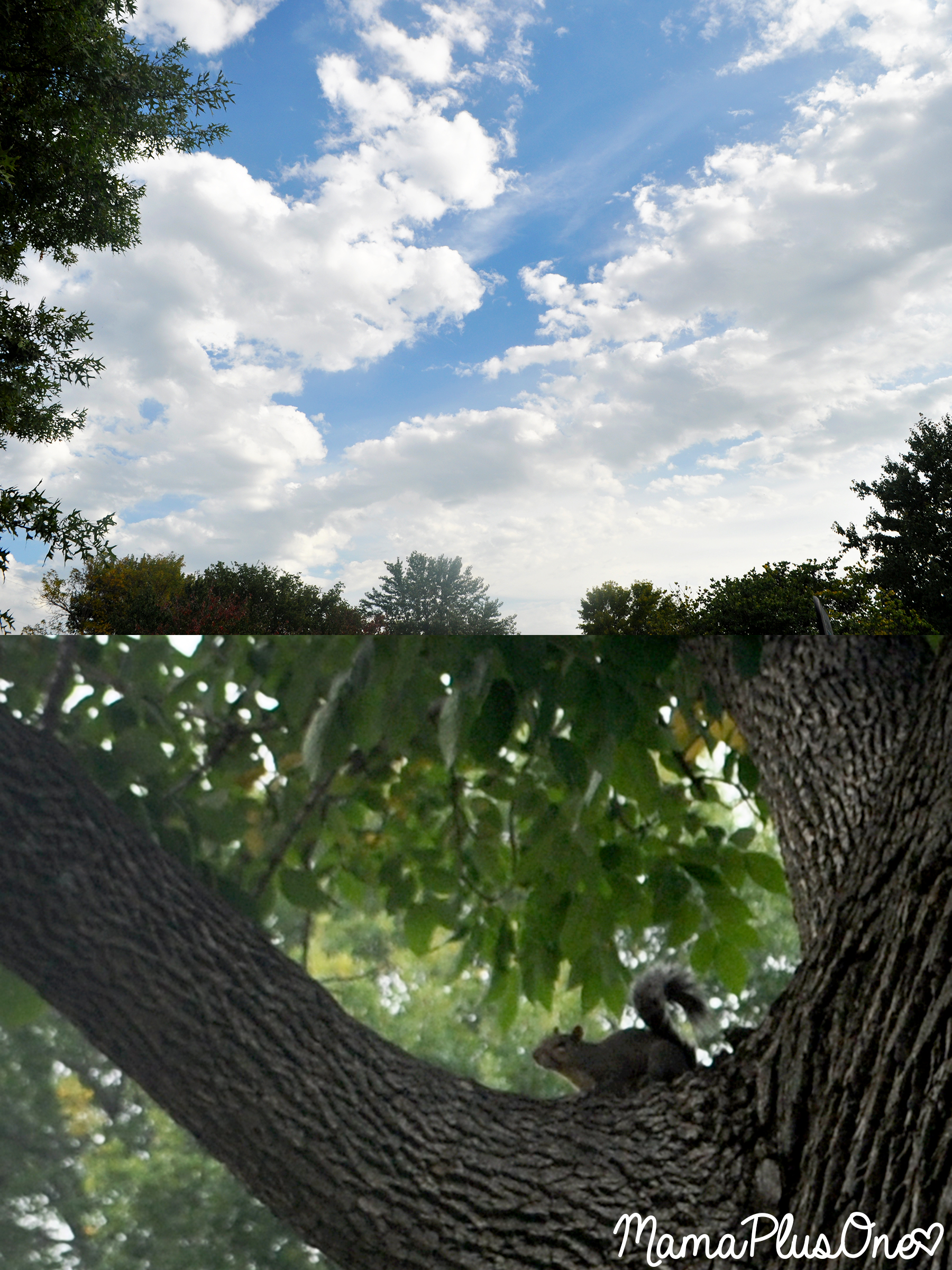
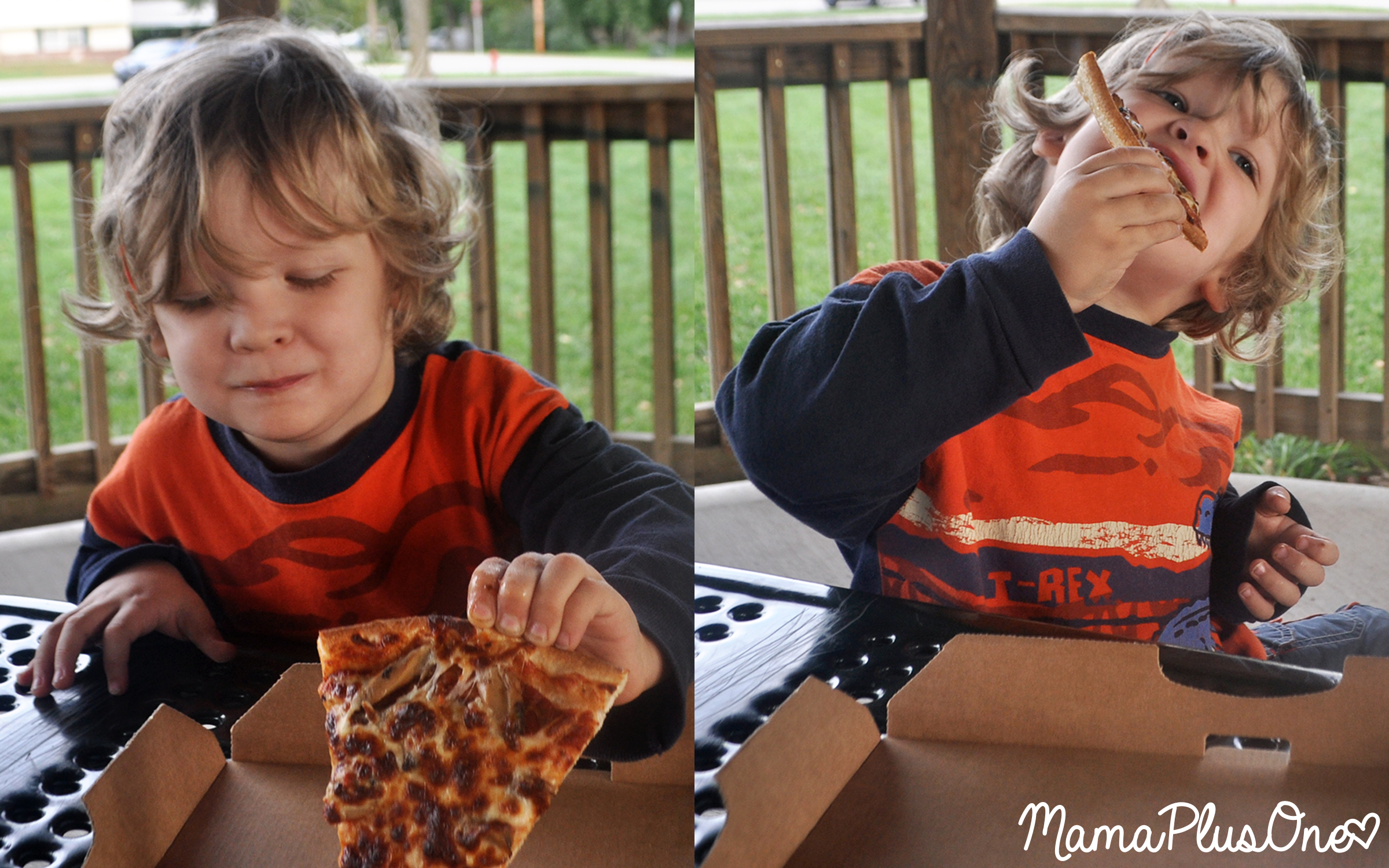
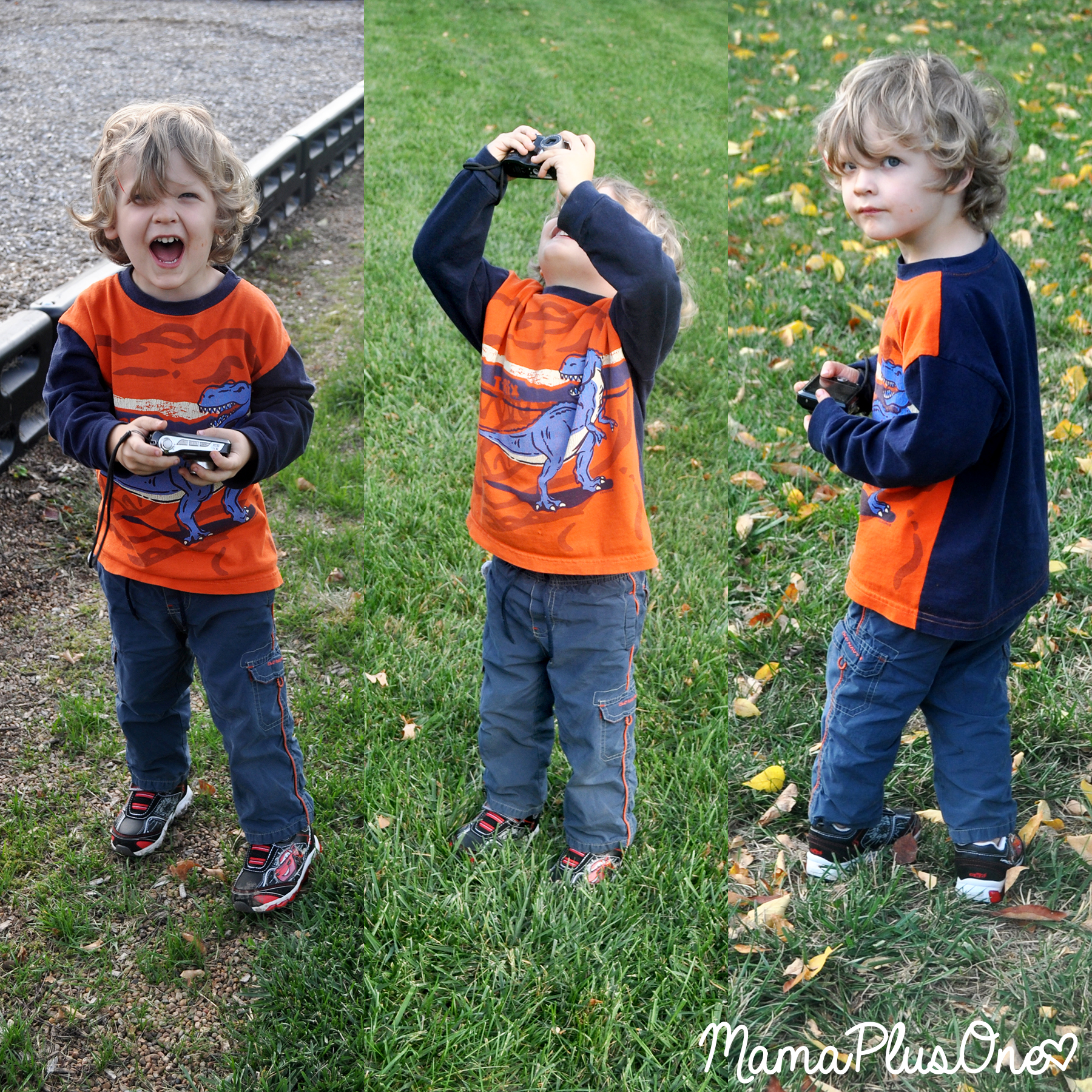
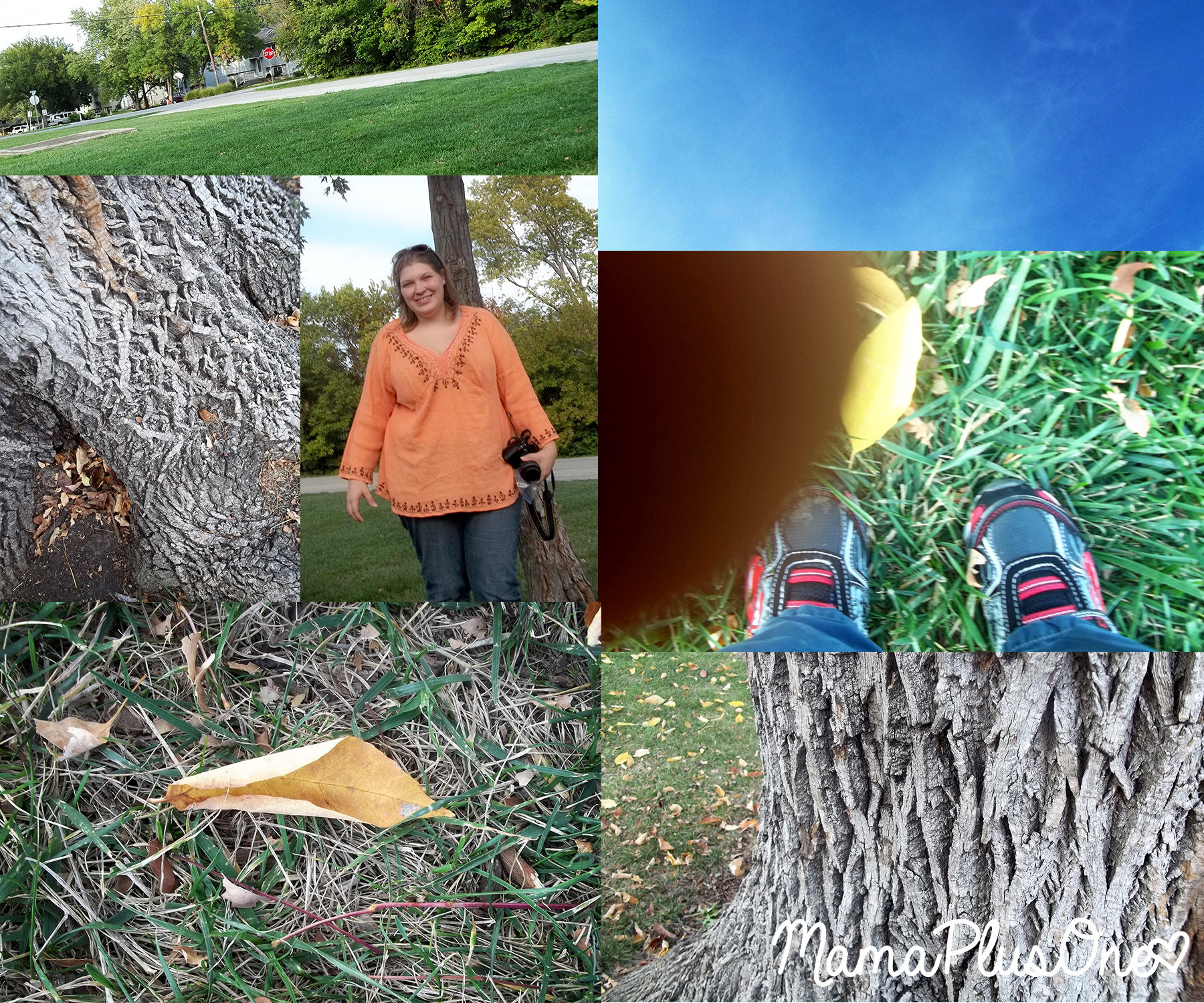
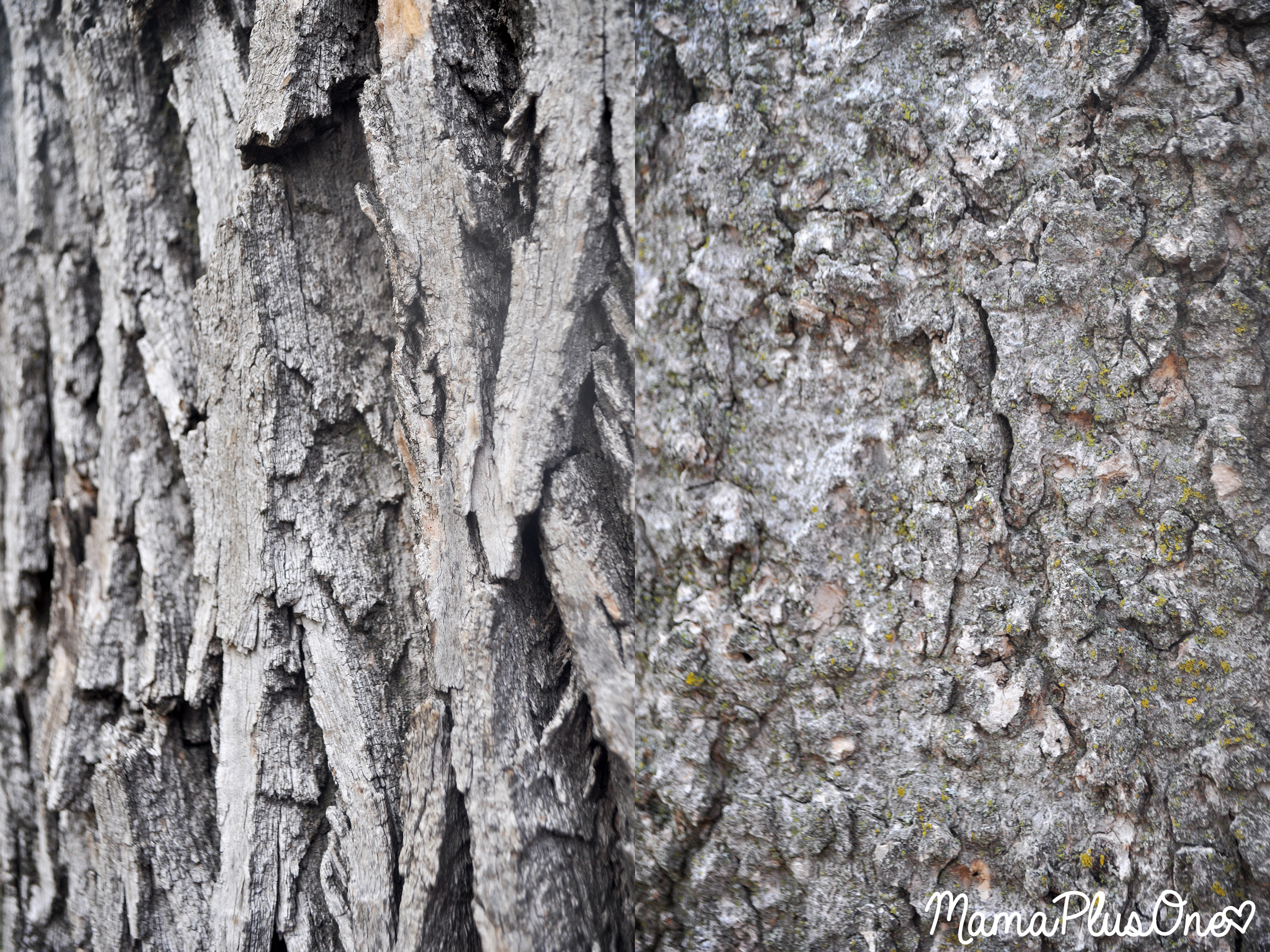
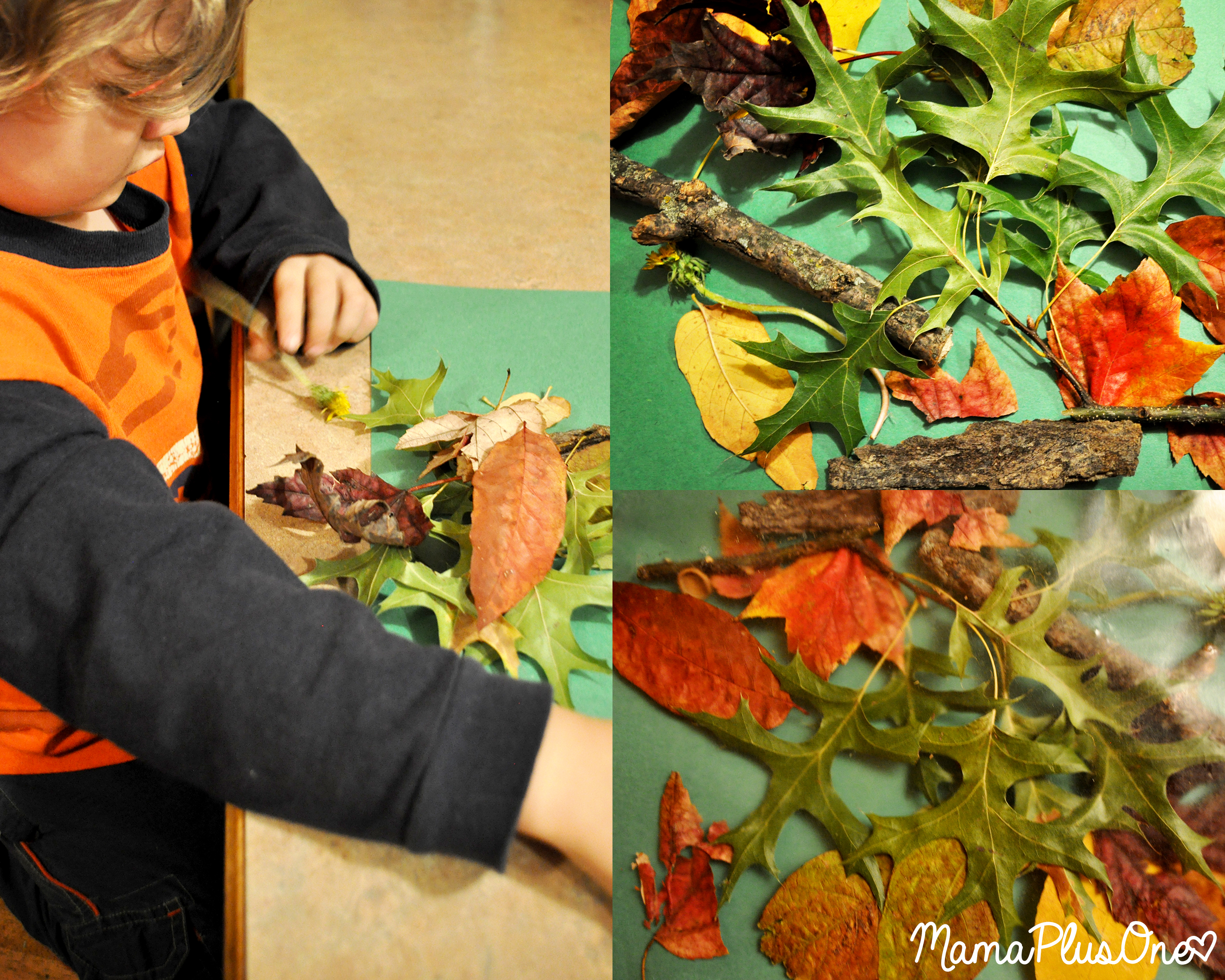
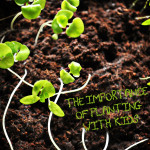
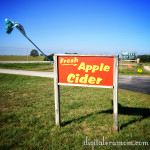

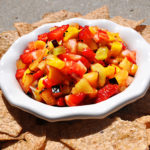
My husband LOVES the outdoors, so my son gets ample opportunities to explore nature. We recently went on a hike in Arkansas, and it seemed like every few steps we took, Jordan stopped to pick up various sticks, rocks, leaves, or to climb a tree or inspect an interesting insect. I love the idea of getting him a camera to let him capture what he sees! I will do that next time. And this is certainly the best time of year to explore the beauty that nature offers. Great post!
You have inspired me to give my neice my (well protected) phone in camera mode at wedding next weekend!